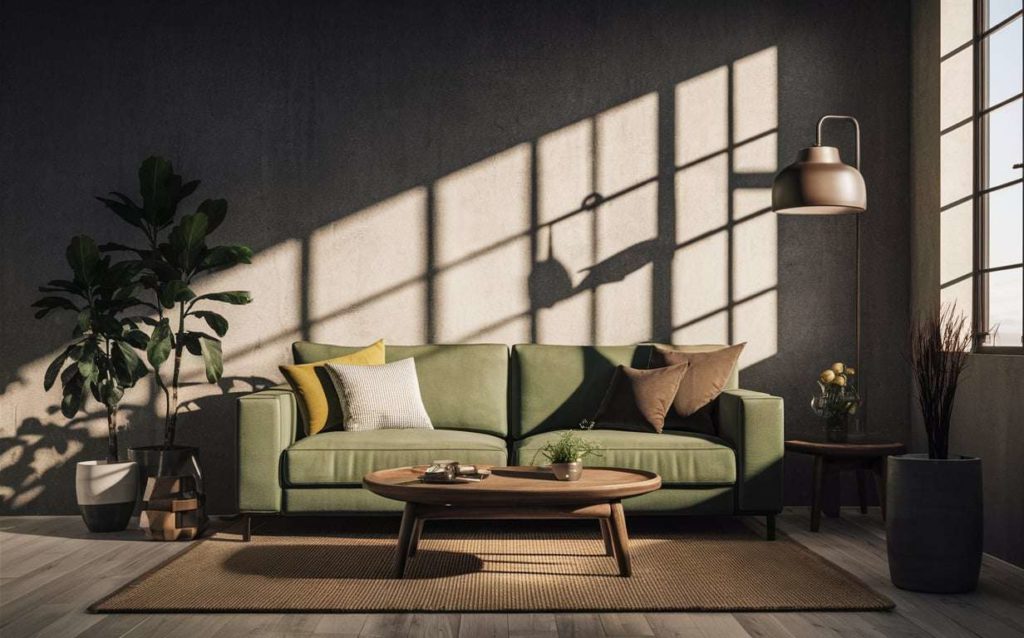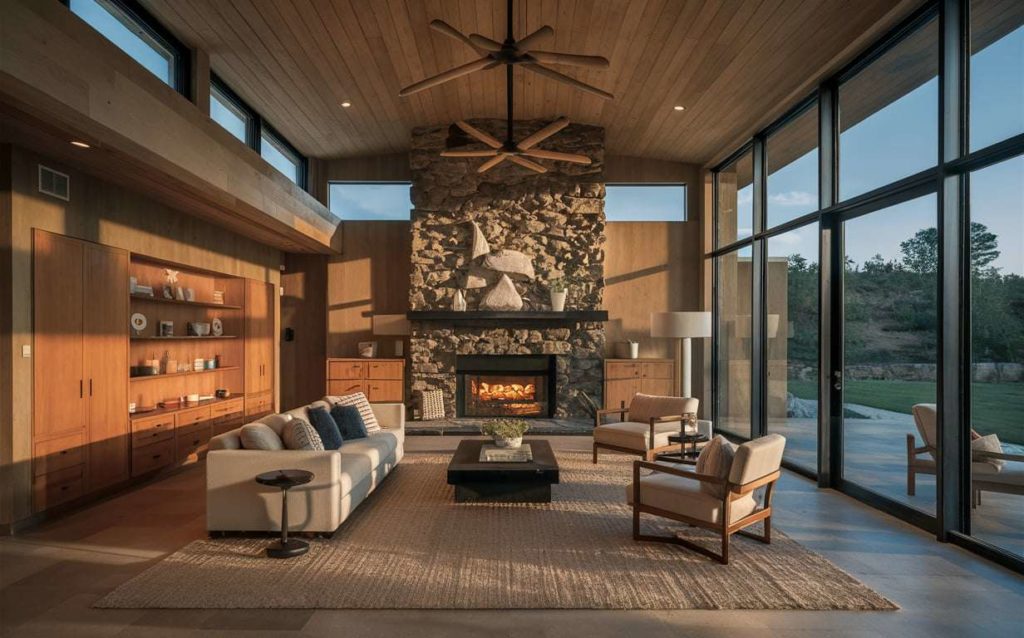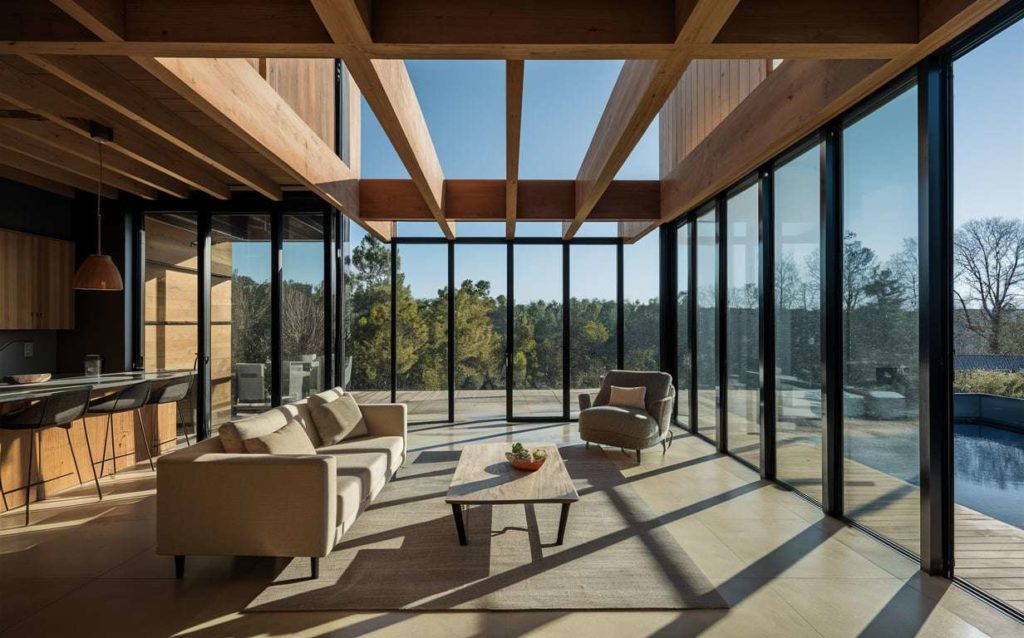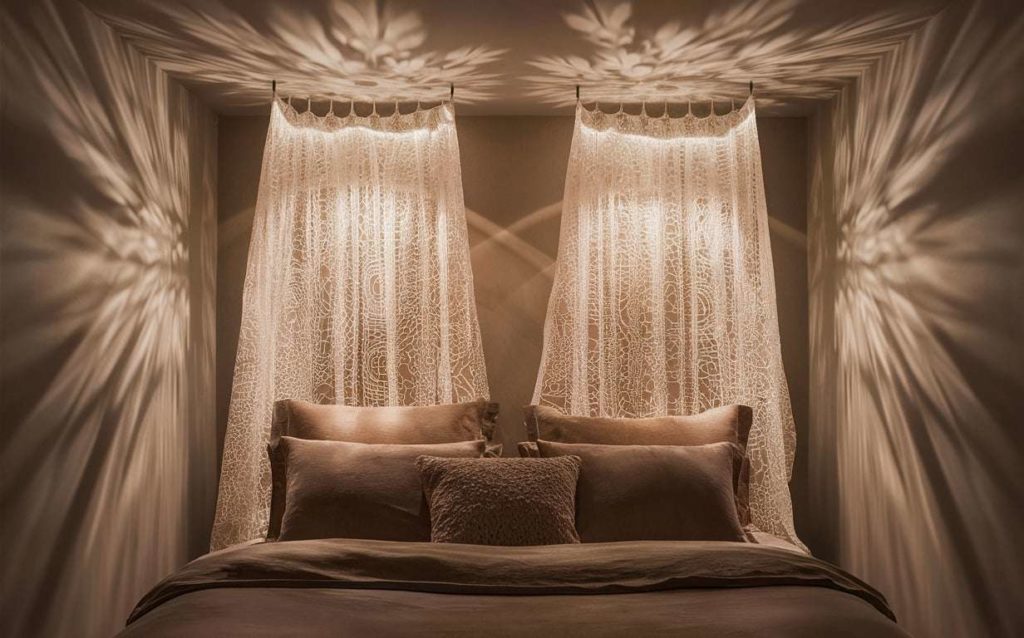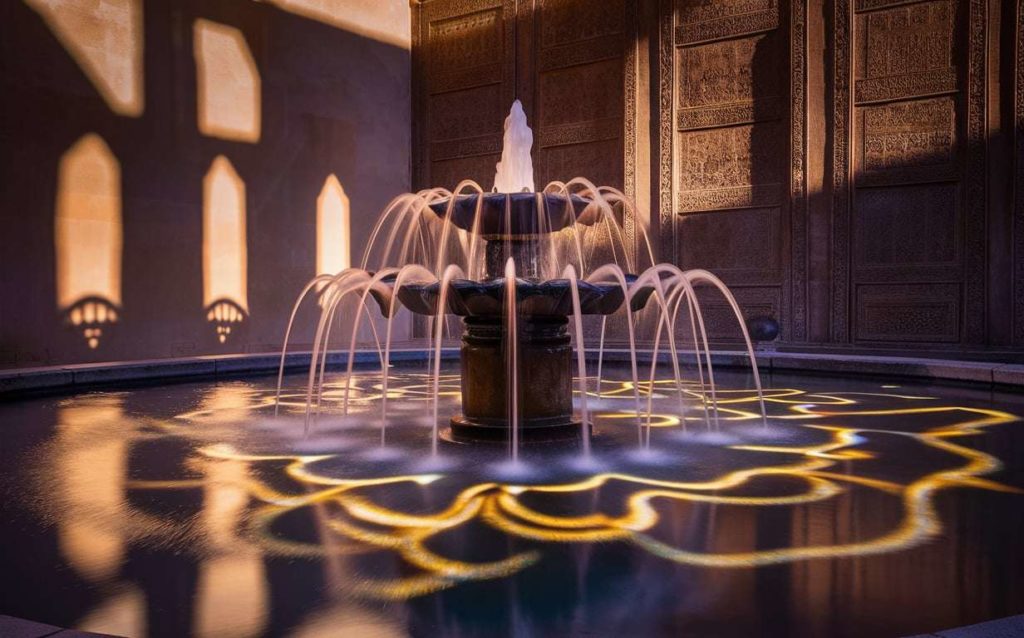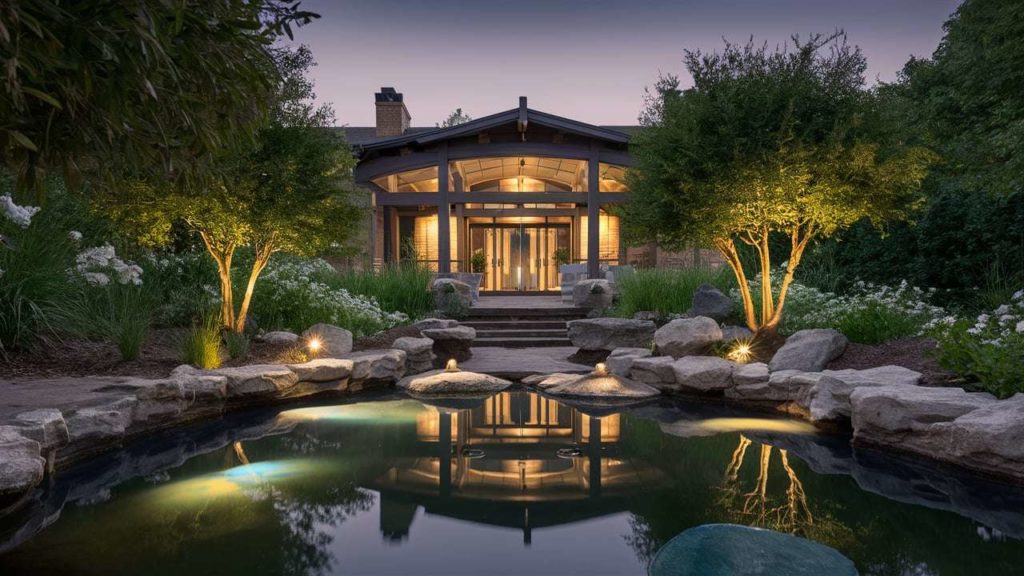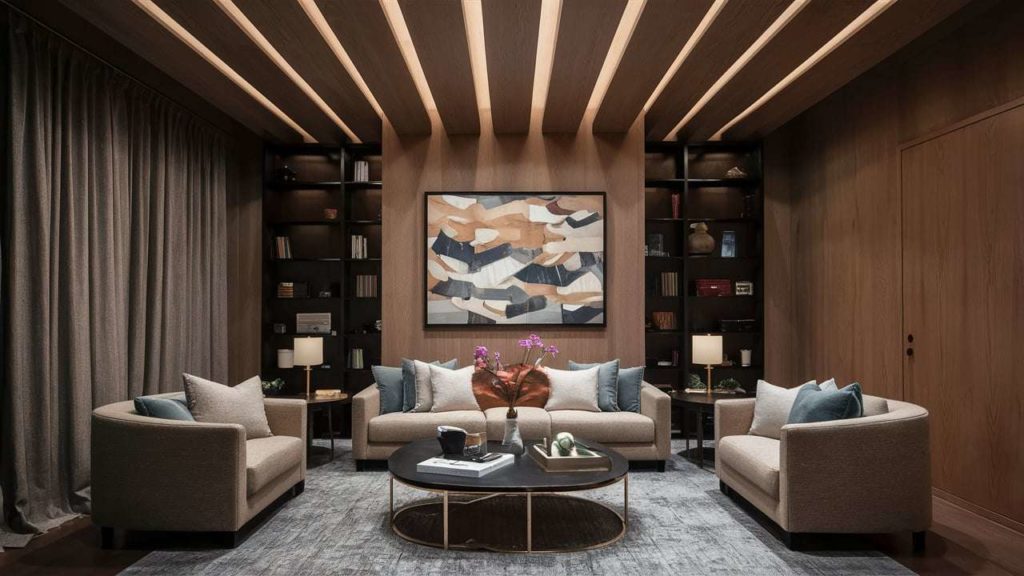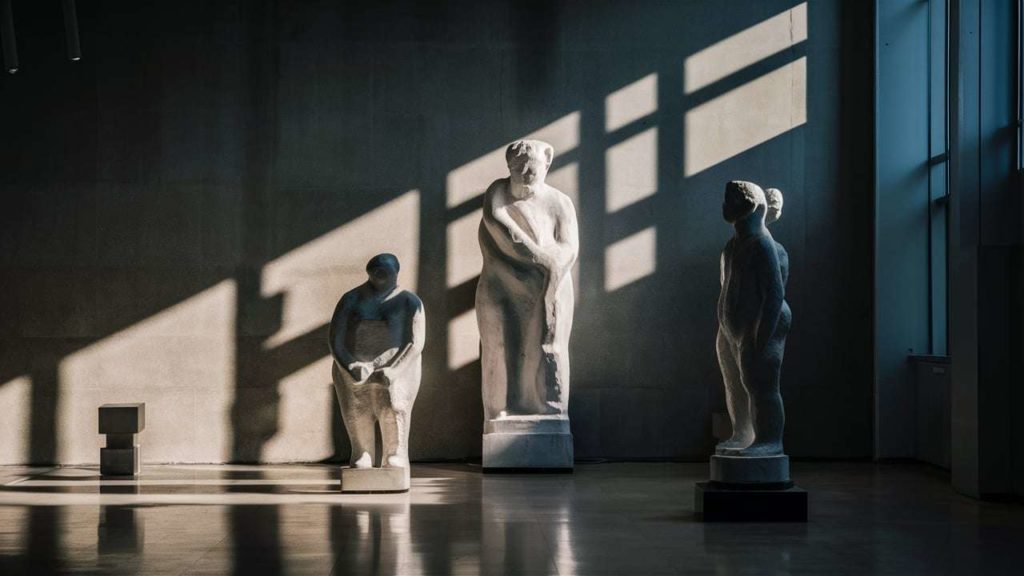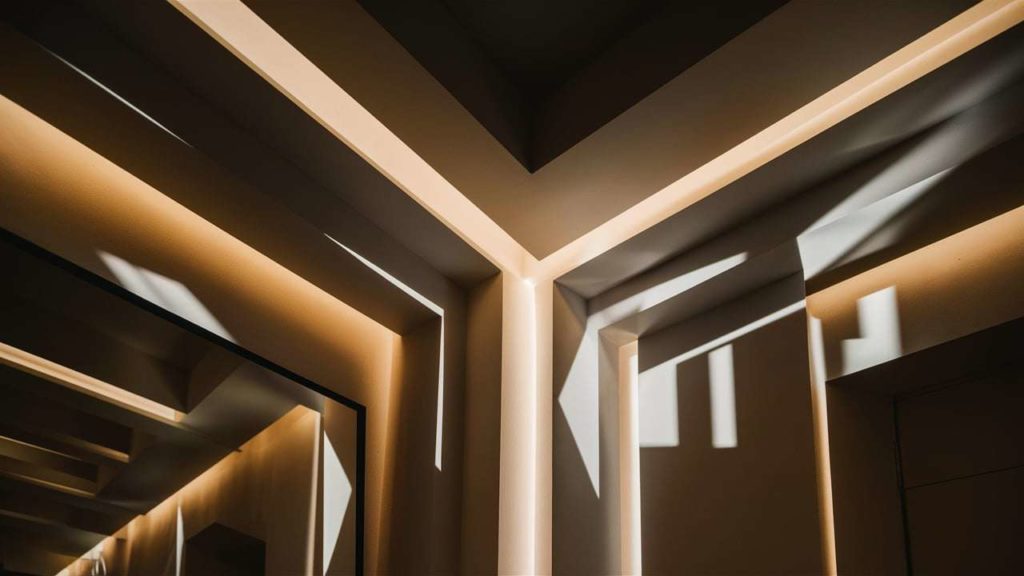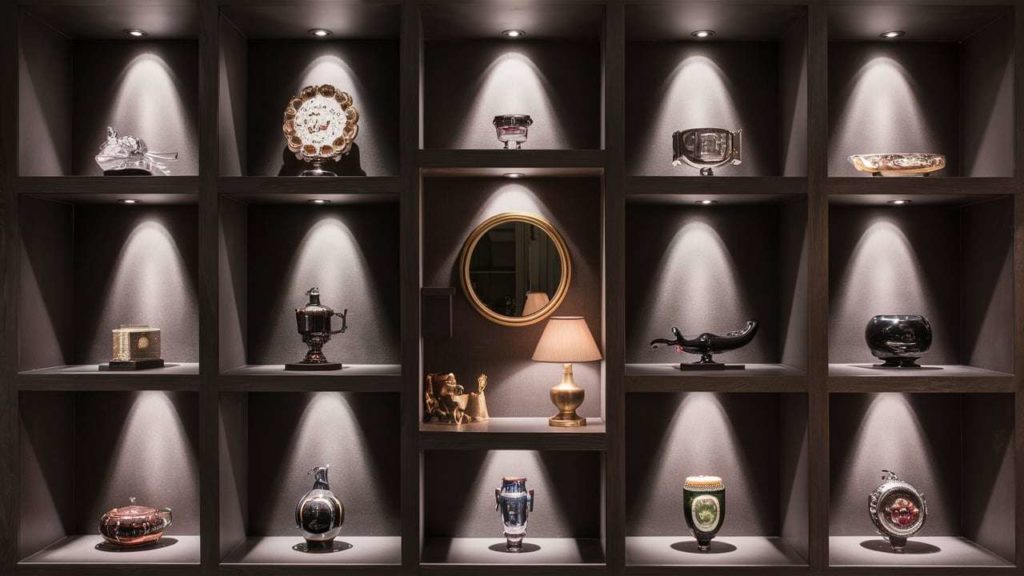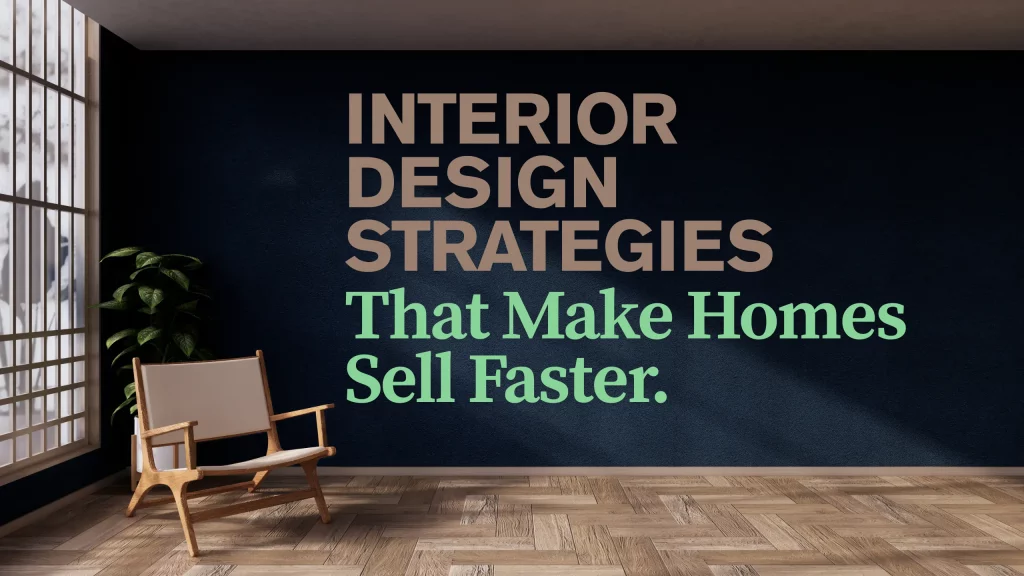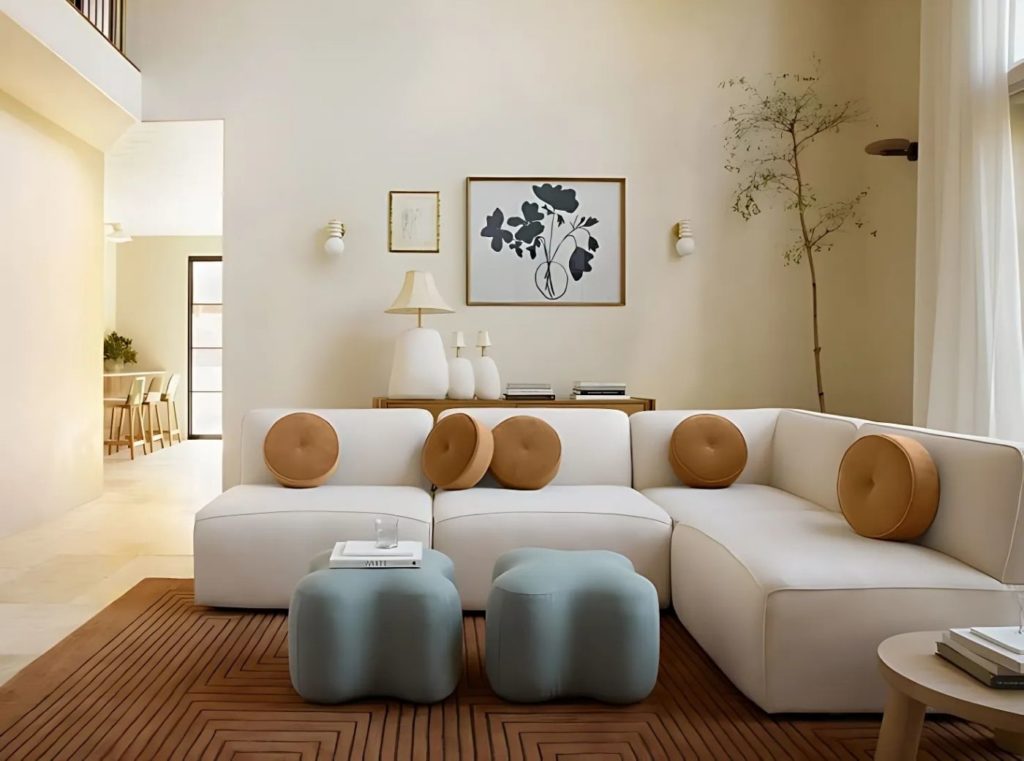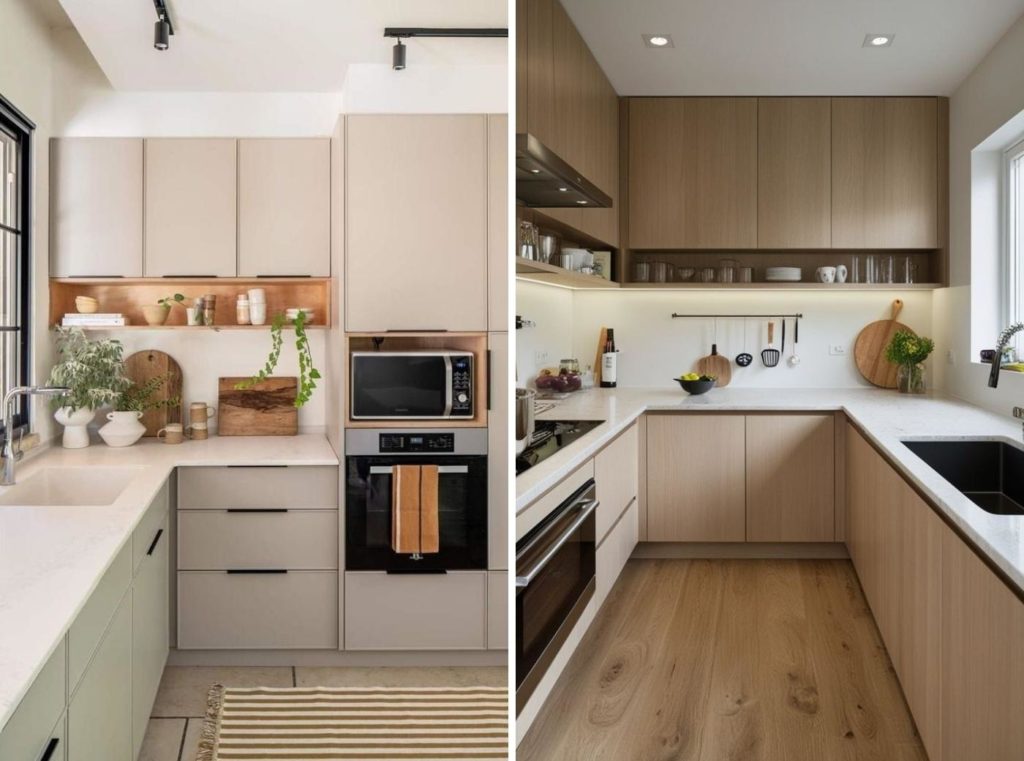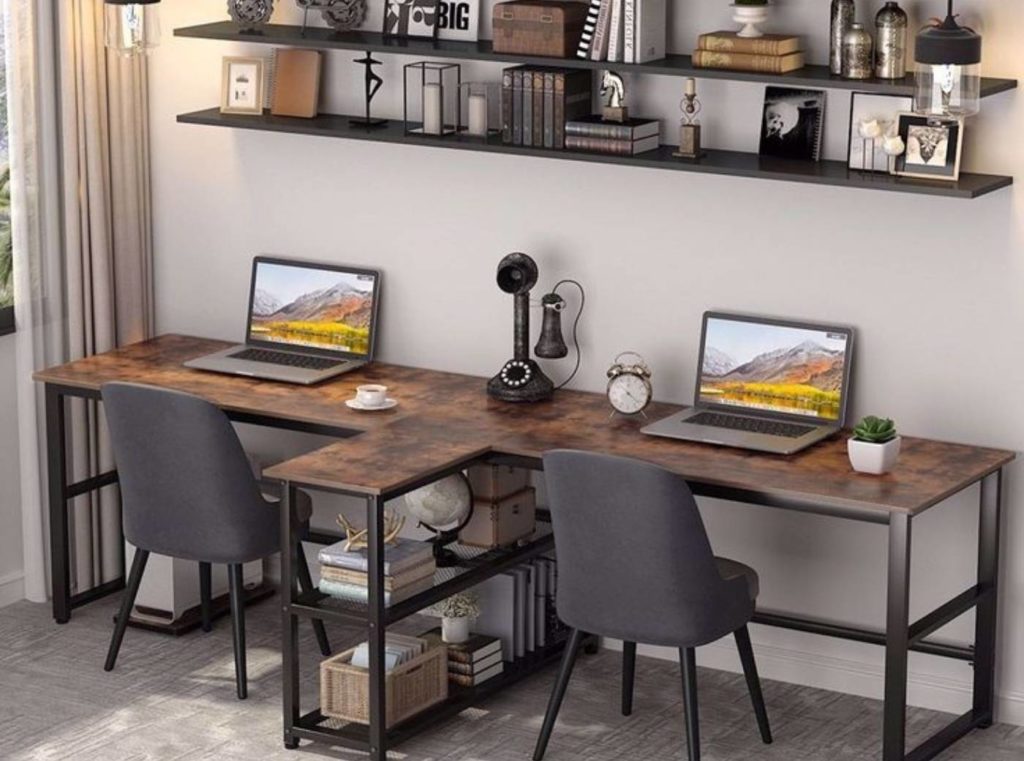Kar-Hwa Ho, Head of Interior Architecture at Zaha Hadid Architects says the most common mistake that homeowners and beginner designers make when they plan the use of light – they leave the lighting until the last moment. They think it’s easy to string a couple of tracks for spotlights or throw a couple of switches, lighting sources have to be planned. There is much forethought that goes on in the lighting design.
Like the beauty of silence to music, shadows are to lighting. They help highlight what’s important and create a visual interest, and stunning ambience in the space. However, like lighting, shadows also have to be planned meticulously, or else you run the risk of having no shadows or too many, unaesthetic shadows or cast shadows that could cause safety hazards. That’s why in this blog, we’ll show you the right use of shadows in your home design, ensure visual appeal and functionality, and where you should steer clear of them, to make your lighting plan safe and scintillating.
Understanding Shadows in Your Lighting Design
Analyzing and knowing the pros and cons of each room in your space and exteriors will help organize an efficient and aesthetically pleasing lighting plan (natural light and artificial light). To bring a sense of mystery to the lighting plan and make it truly stand out, shadows are important. Without shadows, there’s nothing in the space to tell you what to look at, there’s no excitement or interest in it. The lighting looks uniform and when mellowed it looks relaxing.
Shadows and silhouettes reinforce the feelings of detachment and privacy because you can see another person’s facial details.
Emotional Impact of Light and Shadow Interplay
If all objects and surfaces in a room receive equal emphasis from light, contrast is lost. A lack of contrast makes the space look listless and depressed. People feel more alert and energetic when there’s bright light and crisp shadows.
The degree of brightness contrast evokes emotions in the same background music does. It affects the performance of tasks, influences the behavior of people at work, and impacts the amount of pleasure we experience.
Establish the degree of brightness contrast that will yield the necessary level of stimulation for the space. This is how you’ll create a stunning pattern of light and shades.
Effective Shadow Use in Design
|
Interior spaces and exterior spaces appear different when washed in daylight. It makes good design sense to let in as much natural light as possible during the day, but the type of light that gets in could affect how illuminated and bright your space is during different parts of the day.
Shadows in Natural Daylight
Interior and exterior spaces appear different when washed in daylight. It makes good design sense to let in as much natural light as possible during the day, but the type of light that gets in could affect how illuminated and bright your space is during different parts of the day.
| Direction | Morning | Evening |
| East | Bright light, yellow shades with ample sunlight. | Dimmer lighting with cooler shades |
| West | More shadows and cooler lighting | Warm and bright light |
| North | Cool and dim light throughout the day | |
| South | Bright and warm throughout the day | |
A house facing south helps capture the strongest of the sun’s rays. In the winter, the sun would reflect the snow, bouncing it in through windows and up to the ceiling. In the morning, the sun’s rays play diagonal across the floor, and at noon, the rays cut straight across the living room. An advanced free interior design software will have a multitude of options that allow you to visualize the space in all lighting conditions possible, so you can design a holistic space.
Best Practices for Design Shadows
1. Custom Light Canopies for the Bedroom
The bedroom is not the easiest place to illuminate. Although a dark room is great for sleeping, the other tasks that go on in the space, such as packing luggage, folding clothes, dressing, reading, and watching TV, would need adequate lighting. Custom canopies of light in the headboard in the bedroom to control light dispersion, instead of having too much light at the side of the beds or too much over the bed will be jarring to the eye.
2. Light and Shadows in the Fountain Bed
You can make the fountain a focal point – when the light creates multiple lights and shadows. Having a wall behind it helps you exhibit a play of light and shadows. The water reflects the light and the movement of water casts a shadow, leaving a glorious image of light and shadow play.
3. Create a Rhythm With Plants
Illuminate enough trees to create a rhythm and theme across the setting. To create a beautiful shadow, work with plants that are airy, and open so light can pass through them and leave stunning shadows onto the wall behind.
4. Use Grazing Light
Grazing light used across a stone facade in the garden brings out the shadows created by stonework. As closer the light shines to the surface, the more dramatically the light plays. Lighting alters the perception of texture. Lights close to the surface emphasized the natural textures and sculptural relief of heavily textured surfaces.
5. Underwater Lighting and Shadows
Use 5-8 lighting fixtures underwater. Place them within a foot of the waterline and under a rock ledge around the pond’s perimeter. The underwater stone sculpture pieces are lit to add a surprise element. You can also add 2 washing lights that caress walls.
6. Indirect Ceiling Lighting
Wall lighting is a substitute for indirect ceiling lighting – it lightens shadows and reduces excessive contrast. The shadows cast are not crisp, but they still show layers of lighting and where onlookers need to focus. You’ll be able to set the right angles for the shadows when you use the right room planner tool.
7. Lighting Near Sculptures
Concentrated direct lighting on 3D objects and sculptures of opacity exude patterns of brightness and contrasts, and they show highlights and shadows. It leaves sharp shadows and gives a dramatic impact, which reduces the visibility of detail.
8. Highlight Trimwork with Shadows
Trimwork, such as base and crown moldings, conceals the unfinished construction joints and gaps between the materials and embellishes architectural elements. The shadow lines they cast are an amazing aesthetic.
9. Reveals Reveal Beauty With Their Shadows
A reveal is a continuous recess visually separating two planes. Shadows that fall upon reveal beautifully articulate the edges. Ambient lighting can also be used to soften shadows, and smooth out and expand the corners of a room.
10. Shadows in the Showcases to Show Off Your Collectibles
Image credits: All images featured in this blog are AI-generated or created using Foyr Neo, an advanced interior designing software.
Instead of simply fixing ledges on a wall, when you design a showcase and leave a deep cavity in each section, the shadow creates visual interest and a stark contrast between the well-lit space and the showcase and attracts your attention to the collectible you’re exhibiting. Outfit a shelf with a small mirror and lamp which will help bring light to a typically shadowy space.
Areas to Be Wary of When Designing With Shadows
1. No Shadows in a Work Environment
Sharp highlights and dark shadows can create a dramatic setting and enhance the texture and form, but they can be distracting in a work environment. Cove lighting installation helps diffuse light evenly, avoiding the harsh shadows that direct concentrated lighting can create. When not positioned correctly, these sharp shadows can impact the vision and clarity of those working in the space, making cove lighting installation a more effective solution for a balanced and comfortable work environment.
2. High-ceilinged rooms
Uplights are ideal for high-ceilinged rooms, especially when considering different types of ceiling designs. Properly positioning lights far below the ceiling helps prevent ‘hotspots.’ If the lights are mounted too close to the ceiling, the surface may develop a pattern of hotspots and dark shadows, which can hinder movement and accessibility within the space. When planning various types of ceiling designs, it’s crucial to ensure that lighting complements the layout without creating unwanted visual disruptions.
3. Makeup and Grooming Areas
These areas need uninterrupted, focused lighting, and there’s no room for shadows there. They involve a lot of high-precision work, such as changing contact lenses, eye care, etc, so adequate lighting is sort of a given. You can use a translucent diffusing panel of light and minimize harsh shadows.
4. Stairways
Staircases are some of the most important areas where lighting should never be compromised. Shadows have no place on the stairs, especially if there are elders, children, or pets in the house. Stairs and their respective landings will have to be well-lit at all times of use and don’t bring in the use of shadows in your design, as doing so can cause safety hazards.
5. Garages
Regardless of whether a garage is used or not, you need at least one receptacle in place. Depending on the number of cars your homeowner owns, lighting will have to be increased accordingly. Shadows and improper lighting can wreak havoc in garages.
6. Kitchen Work Areas
Avoid casting shadows on the kitchen work surface, without strong task lighting aimed directly at the surface. Take care not to let those who work in the kitchen cast their own shadows and hinder them as they work with hot liquids and sharp objects. Create a gradation of light on a curved surface (not the countertop) using shadows to articulate complex angular relationships.
How Can Foyr Neo Help You?
How can you visualize every space of the room without leaving anything to chance, and incorporating shadows at the right places? With advanced interior design software like Foyr Neo.
After you visit the site for the first time and get a sneak peek of how it will look, here’s what you can do:
Step 1: Sign up for Foyr Neo’s 14-day trial.
Step 2: Go on to the Neo mood board and curate everything you’d love to have in your space.
Step 3: Create the 3D floor plan of your space with 3D floor plan software on Neo.
Step 4: Choose from 60,000+ 3D decor materials, and pieces of furniture and simply drag and drop them into the interior design project.
Step 5: Get any material in any color scheme, texture, shape, or pattern and truly customize your space.
Step 6: View the makeover in 2D and 3D, from all possible angles, transitions, and lighting conditions. Assess how different materials, fixtures, and decor cast shadows in the space and how practical and aesthetic are the shadows.
Step 7: Render your design in a few minutes and witness your space in all its glory.
That’s all it takes! With 24/7 support and live chat, we’re here to help you if you ever get stuck anywhere. You can find tutorials on how to design on Neo all over the internet, so you’re never truly alone when you design using Neo.
What are you waiting for? Start curating your mood board for your space, sign up for Foyr Neo’s 14-day free trial today.
FAQs
Shadows can dramatically affect a room’s mood. Soft, diffused shadows create a calm and cozy atmosphere, while sharp, well-defined shadows can introduce a sense of drama or intensity. Adjusting the type and placement of lighting can help control the mood conveyed by the shadows.
To balance shadows, ensure there’s a mix of light and dark areas. Pair shadows with lighter tones or reflective surfaces to prevent the space from feeling too heavy. Use shadows strategically, allowing them to highlight key features without overwhelming the room.
Use directional lighting, like spotlights or track lighting, to create strong, purposeful shadows. Ambient lighting can soften shadows, while layered lighting combines different types to achieve the desired balance. Experimenting with the position and intensity of light sources is key.
Shadows can suggest movement by changing as natural light shifts throughout the day or by incorporating elements like curtains or plants that move and alter the shadows. This creates a dynamic environment where the room feels alive and evolving.


